Analyze Sleep Patterns for Better Performance
How to Effectively Use Sleep Data for Continuous Improvement
In today’s fast-paced world, many people neglect sleep. They often view sleep as a luxury rather than a necessity. However, sleep significantly impacts physical health, mental clarity, and emotional balance. With sleep tracking devices and apps, we can now gather real-time sleep data. This data helps improve overall well-being. Let’s explore how to effectively use sleep data for continuous improvement.
Understanding Your Sleep Data
Before improving, understand your sleep data. Sleep trackers measure various factors, such as:
1. **Sleep Duration**: This shows how long you actually sleep, often less than you think.
2. **Sleep Stages**: These include light, deep, and REM sleep, each playing a unique role in restoration.
3. **Sleep Quality**: This measures how restful your sleep is, considering disturbances and awakenings.
4. **Wake Frequency**: This shows how often you wake during the night, disrupting your sleep cycle.
Analyzing these components helps identify sleep patterns. For instance, do you wake frequently? Are you getting enough REM sleep? Understanding these factors marks the first step toward improvement.
Tips for Using Sleep Data Effectively
To maximize your sleep data, follow these actionable tips:
1. Set Clear Goals
Start by defining your sleep objectives. Do you want to improve sleep quality or extend sleep duration? Setting specific goals helps focus your efforts. For example, aim for seven to eight hours of sleep each night, along with sufficient deep sleep.
2. Track Consistently
Consistency matters. Track your sleep data over time to spot trends. Use your sleep app or device nightly. Make it a habit to review your data weekly. If you notice patterns, adjust your routine. For example, if you wake up tired despite adequate sleep, examine your sleep quality.
3. Make Adjustments Based on Insights
Once you gather consistent data, make informed adjustments. For example, if your data shows low deep sleep, adjust your bedtime. Try going to bed earlier for longer sleep cycles. Create a calming pre-sleep routine to signal your body it’s time to wind down. Limit screen time before bed, reduce caffeine intake, and practice relaxation techniques like meditation to improve sleep quality.
4. Experiment with Sleep Hygiene
Sleep hygiene involves practices that promote better sleep. Experimenting with different techniques can enhance your sleep quality.
Conclusion
Using sleep data effectively leads to improved sleep and overall well-being. Implement these strategies for continuous improvement.
Below are related products based on this post:
FAQ
What should I focus on when analyzing my sleep data?
When analyzing your sleep data, focus on key components such as sleep duration, sleep stages (light, deep, and REM sleep), sleep quality, and wake frequency. Understanding these factors will help you identify your sleep patterns and areas that need improvement.
How can I set effective sleep goals?
To set effective sleep goals, define specific objectives based on your needs. For instance, you might aim for seven to eight hours of sleep per night and ensure you get sufficient deep sleep. Clear goals will help you direct your efforts toward improving your sleep quality and duration.
What are some practices to improve my sleep hygiene?
Improving sleep hygiene involves adopting practices that promote better sleep. Some effective techniques include creating a calming pre-sleep routine, limiting screen time before bed, reducing caffeine intake, and practicing relaxation techniques like meditation. Experimenting with these practices can lead to enhanced sleep quality.
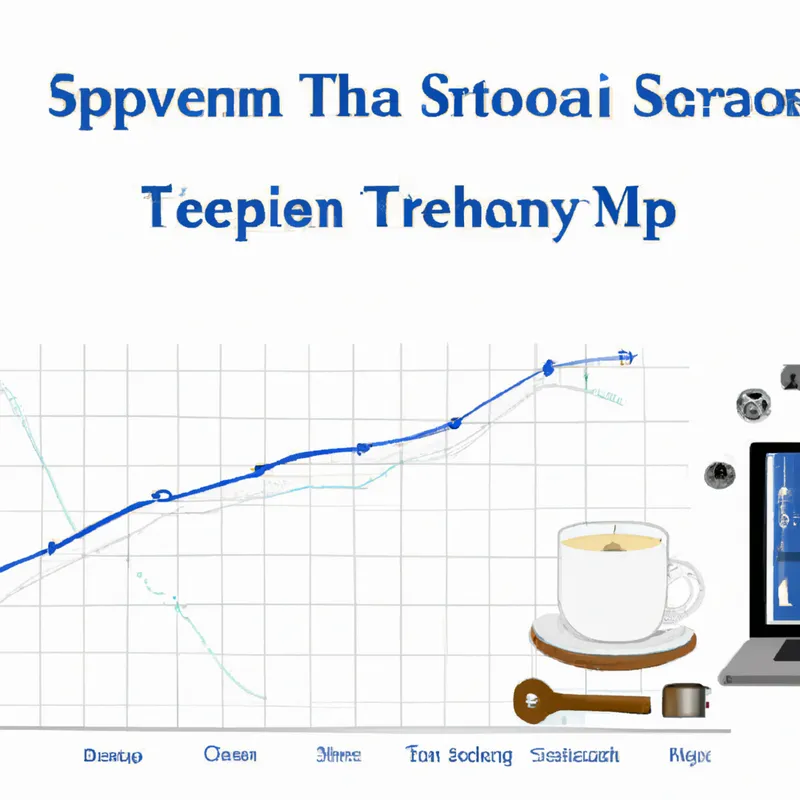

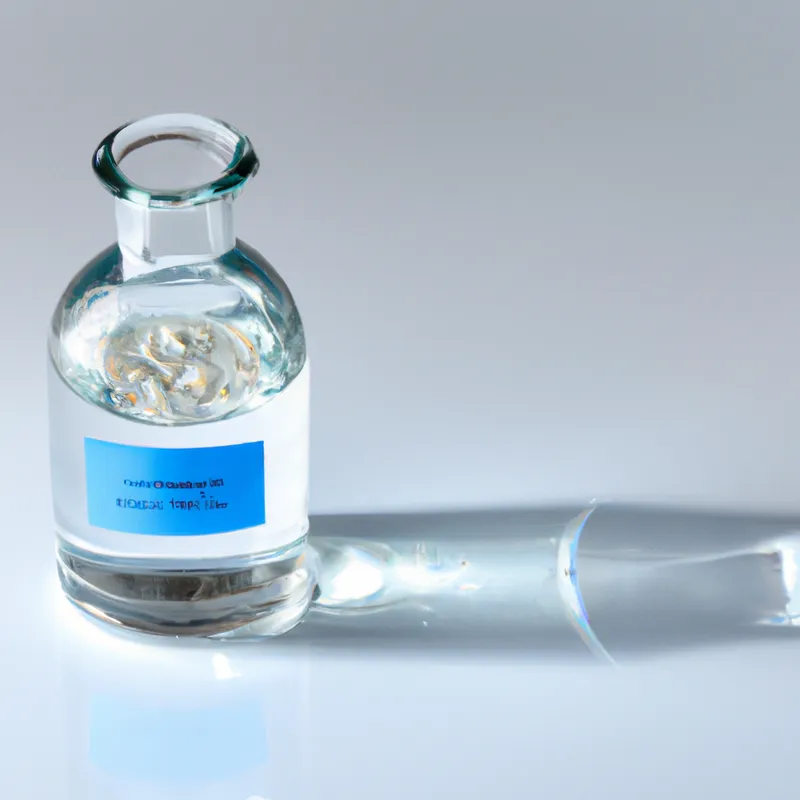

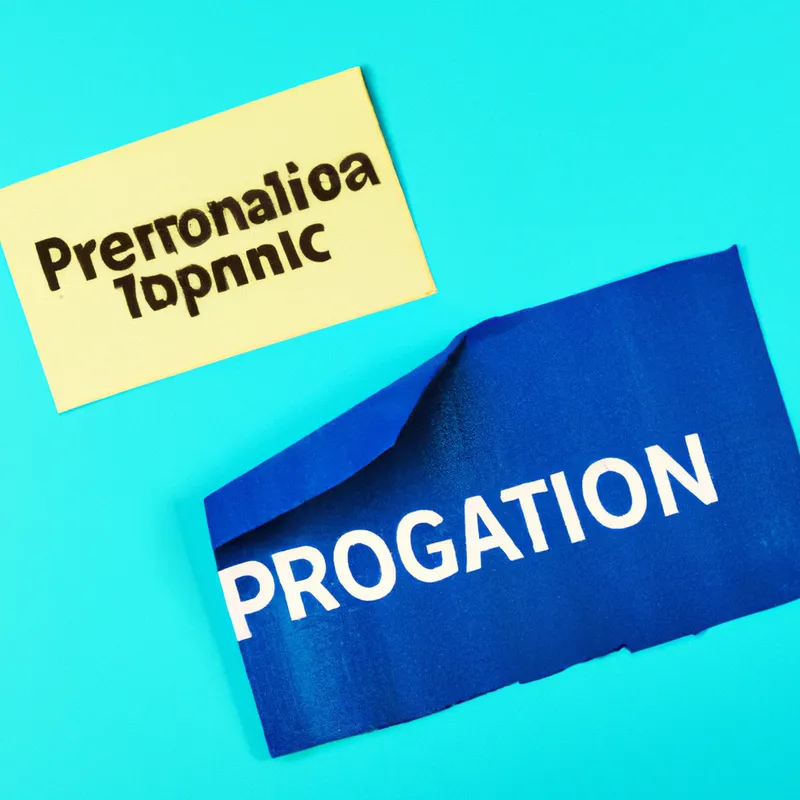



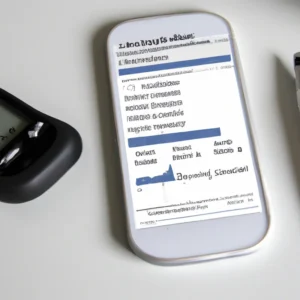
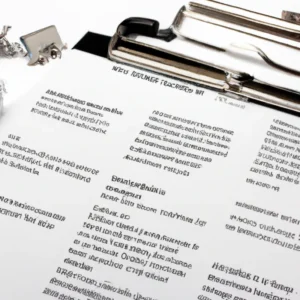




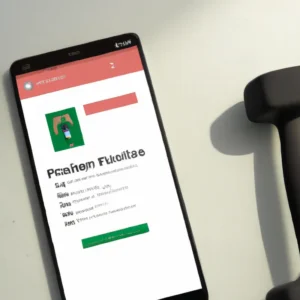
Post Comment